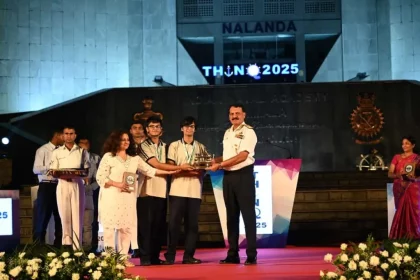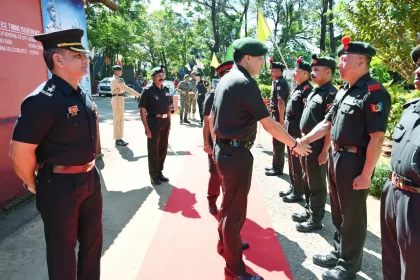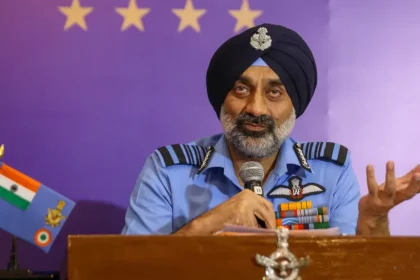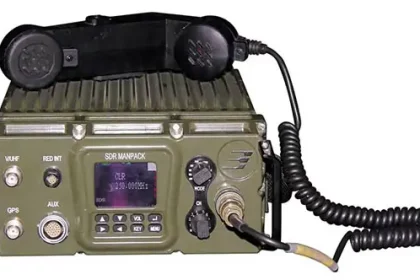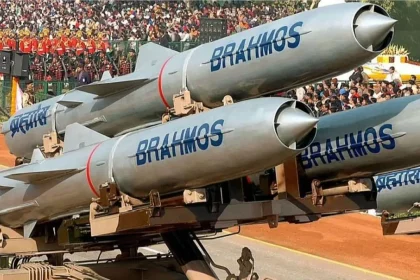Jayshree Periwal High School, Jaipur Wins National Title at Indian Navy’s THINQ-25 Quiz Grand Finale Held at Indian Naval Academy
Admiral Dinesh K. Tripathi Felicitates Winners, Encourages Youth to Explore India’s Maritime Legacy at THINQ-25 Grand Finale.
Lt Gen R.C. Tiwari Reviews Operational Readiness of Gajraj Corps; Lays Foundation Stone of Lachit Borphukan Military Station in Assam
Lt Gen R.C. Tiwari Strengthens Eastern Command’s Strategic Vision with New Military Station in Assam.
Lt Gen Dhiraj Seth Visits 19 Karnataka Battalion NCC in Madikeri, Commends Cadets for Exemplary Contribution
Lt Gen Dhiraj Seth Motivates Cadets to Uphold the Spirit of “Unity and Discipline” During Visit to 19 Karnataka Battalion…
IAF Chief: Drones Valuable But Cannot Win Wars; Calls for Faster Defence Self-Reliance and Smart Partnerships
Air Chief Marshal AP Singh says drones can support but not replace manned aircraft, calls for faster indigenisation and smart…
Indian Army Begins Induction of DRDO-BEL Made Software Defined Radios
Indigenous DRDO-BEL Software Defined Radios to revolutionise Army communications under IRSA framework, boosting encryption, interoperability, and Atmanirbhar Bharat goals.
India To Induct 800 km-Range BrahMos-ER Cruise Missile By 2027, Boosting Airstrike Capabilities
Next-generation BrahMos-ER to give Su-30MKI and Rafale jets deep-strike capability up to 800 km, strengthening India’s strategic deterrence and self-reliance…

